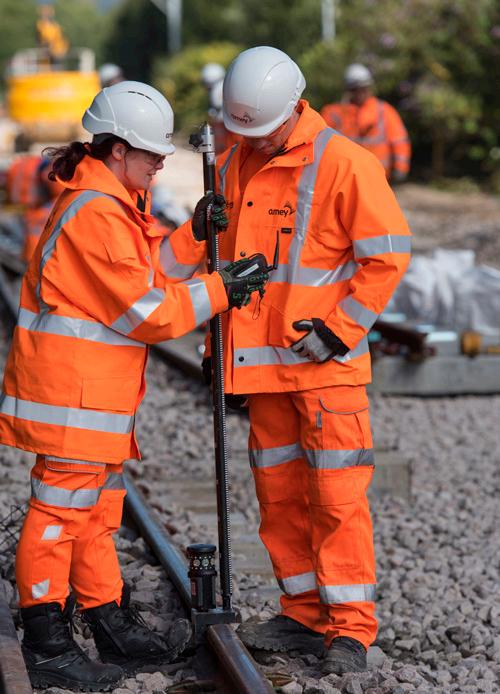
12 minute read
WHY WE HAVE TO CONTINUE TO SHOW LEADERSHIP ON HEALTH, SAFETY, AND WELLBEING
When it comes to health, safety and wellbeing there is a huge difference between playing lip service because you feel you have to and actually showing leadership from the top.
By Peter Anderson
Advertisement
Managing Director, Amey Transportation
Amey’s Transport Infrastructure business, which includes highways, waste, power and rail, has been doing the latter for some years now. There have been a number of initiatives that have been implemented both internally and externally and many have been more successful than the company would have imagined. Its Jamie Talks series of wellbeing podcasts, for example, originally started with an internal focus have been listened to by hundreds of people in the highways sector, many of who don’t even work for Amey.
It proves it, doesn’t it, get health, safety and wellbeing right and its reach can be phenomenal.
But it doesn’t stop there. If you go on to the Amey website and search for ‘health, safety and wellbeing’ there are several examples of the work that has gone on across the whole Amey business. From gold awards for performance to wellbeing self-scoring systems to behavioural safety, it is clear all of this comes from the fact that health, safety and wellbeing is top of the agenda more often than not in the boardroom, which flows through the rest of the business.
There has also been a change of leadership recently. Peter Anderson joined the business last July as Managing Director of Transport Infrastructure bringing with him 30 years-experience of the construction industry. Responsible for over 4,500 people, Peter’s team were identified as key workers throughout the pandemic, continuing to deliver essential rail and highways maintenance to keep people moving, providing clean, tidy and accessible spaces for local communities and maintaining critical power supplies to homes.
Joining Amey during the pandemic has also further highlighted the need for the company to do even more in terms of wellbeing. Mr Anderson is known for his commitment to progressing employee health, safety and wellbeing, driving improvements to safe working practices and ensuring a culture where people feel free to share honestly and take action to make changes. Open in his support of developing and leading safety initiatives for the benefit of others, he influences the wider industry, particularly in his previous role as Chair of a Rail Safety Leadership Group which targeted safety improvements on overhead line works.
It’s clear a change in leadership hasn’t dampened the enthusiasm to drive further health and safety initiatives. In fact, given his track record and passion, Mr Anderson could well take it to another level.
In fact, he says, health and safety plays a fundamental role when developing any long-term strategy in Amey.
“In the businesses that I am responsible for, it’s our licence to operate. So, I don’t have a business if I don’t have an exemplary safety record. Right now, in our rail business, we are top of Network Rail’s scorecard for safety performance. It’s not all about the scorecard, it’s far deeper than that, but it does give me an independent measure that provides some assurance that many of the things we are doing are having a positive influence on our people and how they go to work safely,” he says.
“In our highways business, we still have some challenges, and while we have achieved a very good position in terms of health and safety, we have more to do. What we have found during lockdown is that actually our safety performance held up and in some areas it has improved. When we talk about visible safety leadership a lot of our senior leaders have been at home under travel restrictions. Regardless, our teams got on with their work. With our supervisors and managers on the ground, many have performed fantastically well. Covid has done a number of things. It has brought home the need to be careful, whether that be to use hand sanitiser, not shaking hands, wearing a mask, it has made us all aware we need to take personal ownership to protect our own health and safety more than ever.”
This, in turn, has meant the cultural maturity has been examined closely. So when things happen in the business that could’ve resulted in injury, harm or damage, our people are still confident enough to bring them forward to our attention,” says Mr Anderson.
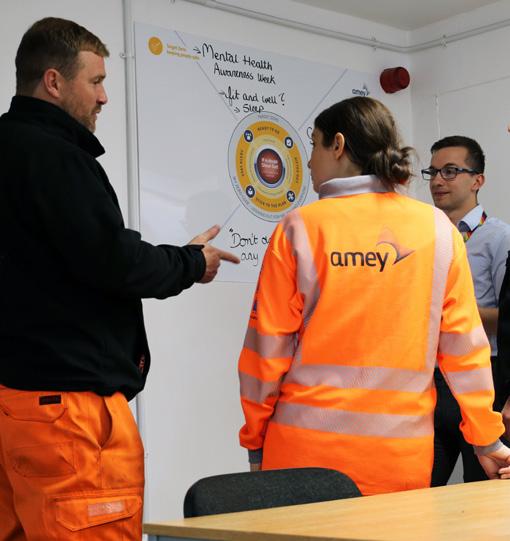
“What it has also taught us is that culturally, a lot of health and safety good practice is embedded in the front line. And, why do I say that? - because when as leaders we are not looking our guys tend to work safely anyway and that is tremendously encouraging for me to see. Going forward, one consequence of strong safety performance is that you have fewer opportunities to learn lessons, so it’s really important that we have vibrant and positive close call culture.
Peter Anderson
Managing Director, Amey Transportation
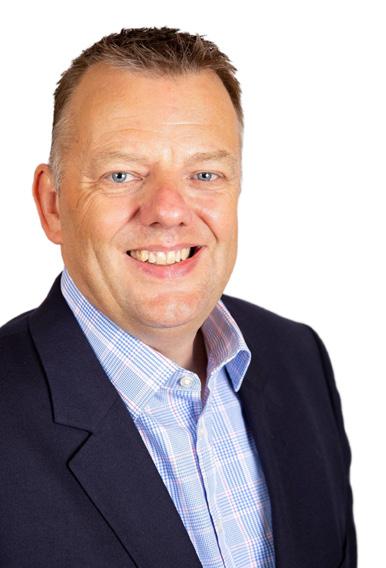
“This is so that management can review and make changes as necessary to mitigate something more serious happening. It’s so important that we have the right culture and environment to call out near misses and close calls. We’ve also been doing a lot of work over the challenges our teams can face when something changes live on our work sites. Things will change on site and we need our people to have clarity on the decisions they can make and then feel empowered to enact them. So we encourage our people to stop, engage with their colleagues to discuss the next step and how do we make that safe. It they don’t feel safe, then abandon work for the day. And if they are comfortable, we’re supporting our people to do live risk assessments, re-evaluate the risks as a result of the change and move together in a safe way,” he adds.
“I often sit down with our traffic managers and frontline workers and have that conservation. What I am looking for is their maturity to approach risk in a considered way – what is their appetite and perception to risk and how do they manage risk when things change. Ultimately, not bringing in further risk as a consequence of their unintended actions. That is why we focus our attention on this as leaders. In some of our teams, we have seen some instances where we still have work to do when things change and how we support an individual’s development and confidence to make a reasoned decision, and empower them to manage any unintended actions as a result of that,” he says.
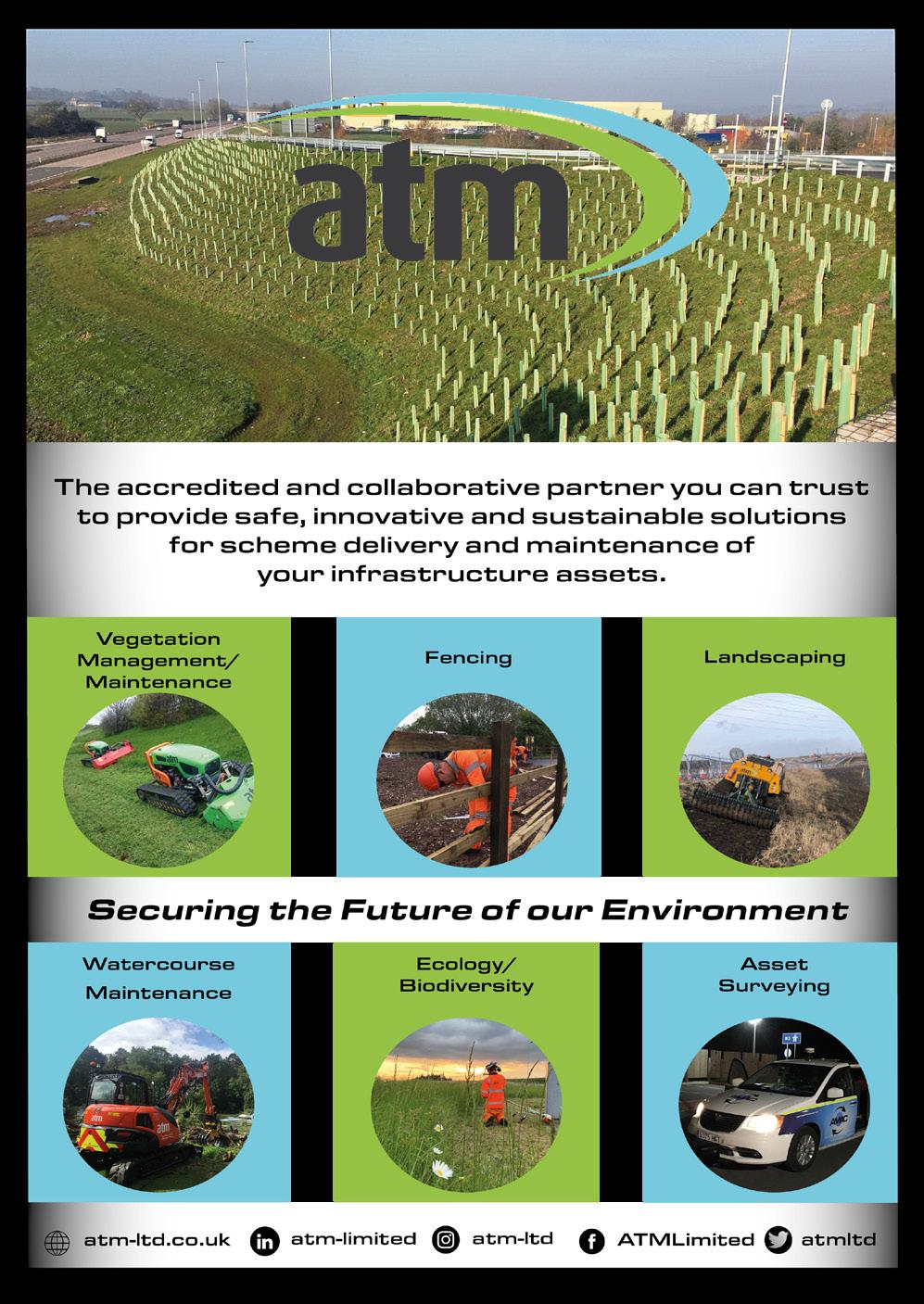
Much of the talk and best practice in the last year has focused on designing out risk before work even starts. So, how is Amey embracing this?
“We have an advantage because we have a lot of experience around asset maintenance and management, looking after a huge number of strategic assets for Highways England, Transport NI, Transport Scotland as well as local authorities across the UK. That experience brings with it a real knowledge in understanding what design solutions are effective, safer and perform better. With our inhouse design capability through Amey Consulting means that when we get this right, we have some fantastic solutions that impact on the road network far less and make the asset much safer and cost effective.”
Alongside this, the health, safety and wellbeing initiatives continue. One that has made its mark far wider than the Amey business is Amey’s Jamie Talks podcasts, presented by its mental health ambassador Jamie Forsyth. “I am delighted that our initiatives have a far reach and we are very proud of Jamie and what he has achieved as our mental health ambassador. Seeing his work being shared and helping anyone else outside of Amey to open up about mental health is great. These activities have made us think about how we are all feeling and the difference between feeling pressure or anxiety and stress. Making sure we’re all more aware how dangerous anxiety can get if it isn’t recognised and managed,” says Mr Anderson.
He thinks in general more has to be done to encourage the conversation around mental health. “The more awareness we have around mental health the better. I am always keen to encourage all of my teams to start a conversation and look for the early warning signs of mental health, anxiety and stress. It’s so important we keep on doing more. Suicide rates are rising and in some age groups it is becoming the biggest killer. That’s why I am keen to see mental health become a part of the overall stats for health and safety and that we record and measure it more often.”
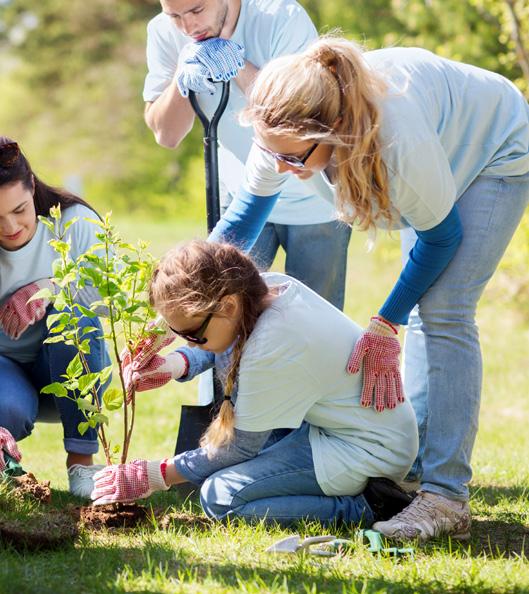
Mr Anderson is also defiant on road worker abuse. “Once again the stats are becoming more and more linked to mental health. I think we need to call it out more and I am pleased to see it is finally being tackled at an industry-wide level and Stamp It Out is a great campaign. But we can always do more to raise the issue. It is completely unacceptable for workers to be threatened or abused doing their jobs. The recent Transport Scotland stats that said 25% of workers are saying the abuse they have received has led to longer-term mental health issues isn’t acceptable. When I talk to our employees there isn’t one that hasn’t received abuse of some kind and that has to change. I think we need legislation to change this to protect and provide support for our road workers in the same way emergency workers are protected alongside stiffer action and penalties for those that do it. We have a critical job as leaders to help keep our people safe and protect their mental health and wellbeing every day.”
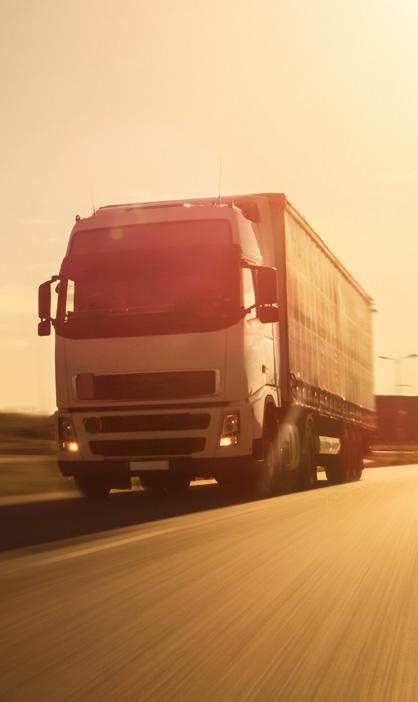
DRIVING AND RIDING SAFELY FOR WORK
Expansion of the ‘grey fleet’, gig economy and new technology prompts health and safety update for people driving and riding for work
Nicola Jaynes
HM Inspector for HSE’s Transport and Public Services Unit
Company car drivers in the UK are 49% more likely to be involved in traffic collisions, even after correcting for demographic variables and their relatively high mileages
Countless other will suffer stress, anxiety and/or minor injuries from unreported incidents.HM Inspector for HSE’s Transport and Public Services Unit, Nicola Jaynes, commented:
“The Health and Safety at Work Act sets out the legal duties of employers and those engaged to work for them. Their responsibilities to manage WRRR are nothing new. However, the landscape is changing, and we wanted to ensure guidance reflects these changes and remains relevant for years to come.
Companies who otherwise have robust health and safety policies sometimes fail to consider their responsibilities adequately when it comes to driving or riding for work. Everyone should come home from work safe and well, whether they’re working behind a desk or behind the wheel.”
The Health and Safety Executive (HSE), working in partnership with the Department for Transport (DfT), has published new webpages on work-related road risk, (WRRR) for employers and workers. Driving and riding safely for work replacing INDG382 Driving for Work.
The gig economy and the increasing use of personal vehicles for work purposes – the so-called grey fleet - has created some confusion over where responsibility for legal compliance lies.
Research shows that driving for work is likely to be the most dangerous activity most workers will ever undertake.
Every week there are around 200 deaths and serious injuries involving people using the road for work
It is estimated that 40,000 people working in occupations such as sales, deliveries or taxi-driving are involved in road traffic collisions every year


Prosecutions could lead to significant fines and custodial sentences, as well as driving bans and/or operator licences being revoked. In 2020, a company found guilty of failing to effectively manage fatigue for their employees driving for work, was fined £450,000 and ordered to pay £30,000 costs after two men lost their lives in a motorway collision.
All drivers and riders have an individual duty in relation to their driving behaviour under road traffics laws.
However, when driving for work, employers or those that engage workers to drive or ride for work, also have a legal duty to ensure their workers’ health and safety, in the same way as they do on a fixed site. For example, ensuring workers do not drive an excessive number of hours and checking their vehicle is properly maintained, even if it belongs to the worker.
The regulations apply to all workers including those using two-wheeled vehicles, such as motorcycles, scooters, e-bikes and bicycles.
Gig economy/zero hours/agency workers should be treated in the same way as employees for health and safety purposes. Business should assess risks from driving or riding for work, like any other workplace risk. They should ensure drivers routes are realistic, the risk of fatigue is properly managed, rest breaks and access to toilet and washing facilities are built into plans. This updated guidance will help employers and those who engage people to drive or ride for work to prevent injuries, ill health, and deaths.
Following the guidance will also help to reduce stress, improve morale and operational efficiencies. Organisations with a positive safety culture and clear, well managed policies for driving and riding for work including incident and near miss investigation can have a significant influence in keeping our roads safe for everybody.”
In vehicle safety monitoring technologies (‘telematics’) can help you monitor indicators of risky driver behaviours; the guidance provides business with guidance on how to monitor the smallest number of indicators to effectively manage risks.
The updated guidance was informed by HSE research which included a literature review, interviews and workshops with industry stakeholders, worker groups and other government departments.
Nicola Jaynes added:
“The shocking number of injuries and fatalities associated with driving for work demonstrates that more needs to be done to manage WRRR.

This is FYLD.
The future of field operations in the palm of your hand.
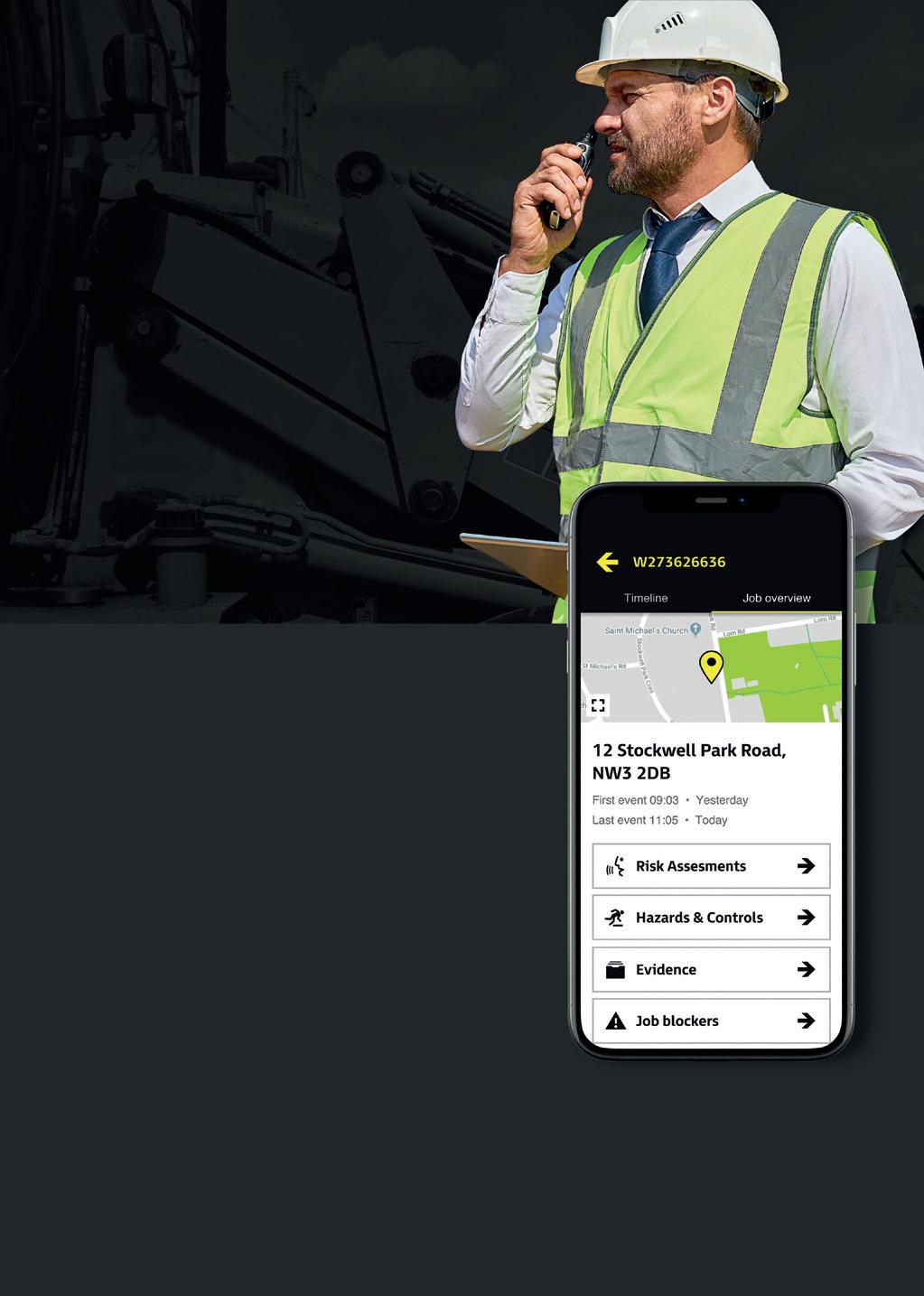
Managing field worker operations in hazardous environments is a constant challenge - from a lack of visibility on site to risk assessments backlogs, and too much paperwork.
Good news, it doesn’t have to be this way.
FYLD is transforming field operations through a revolutionary new digital solution.
Our easy-to-use app allows field workers to create virtual risk assessments.
By better managing risk on site, FYLD not only makes field operations safer – it streamlines supervision and delivers more productive outcomes.
Discover how we’re harnessing the power of technology to deliver deeper insights, and a sustainable, digitally enabled workforce today.
www.fyld.ai
T: +44 (0)7730643523 E: hello@fyld.ai




